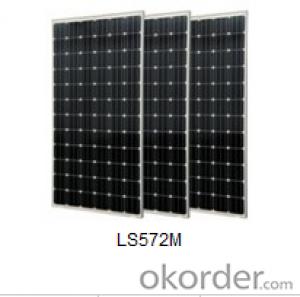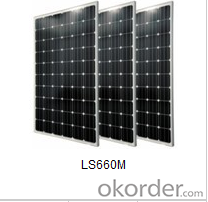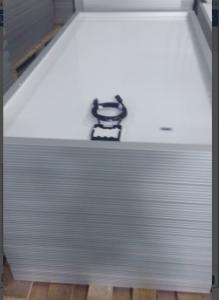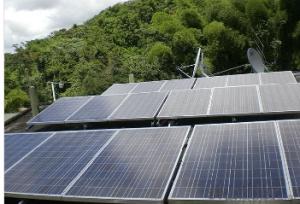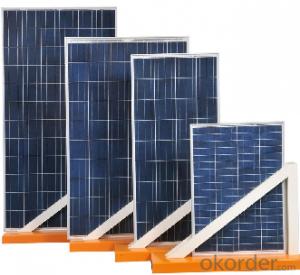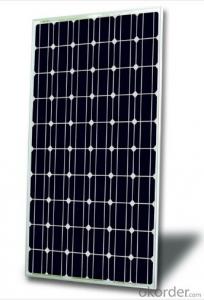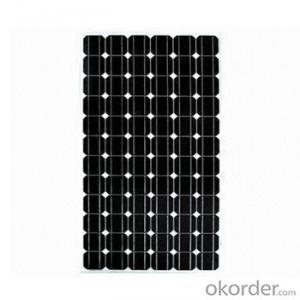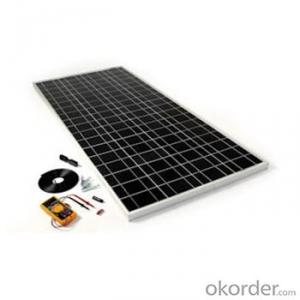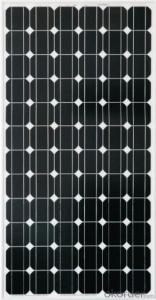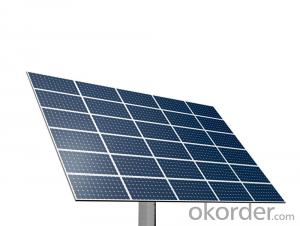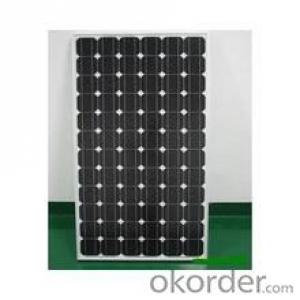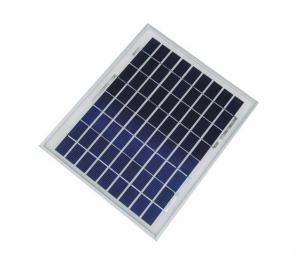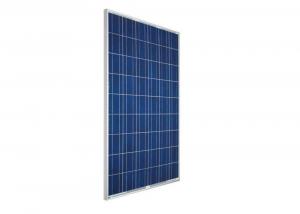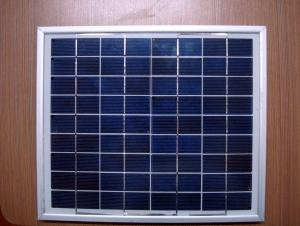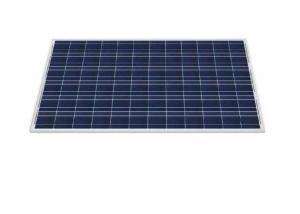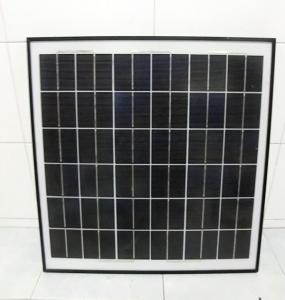Browning Solar Panels - Silicon Solar Monocrystalline Solar Panels 190w
- Loading Port:
- Tianjin
- Payment Terms:
- TT or LC
- Min Order Qty:
- 10 pc
- Supply Capability:
- 1000 pc/month
OKorder Service Pledge
OKorder Financial Service
You Might Also Like
Silicon Solar Monocrystalline Solar Panels 190w
Maximum power(Pm) | 190W | 195W | 200W | 240W | 245W | 250W | 250W | 255W | 260W |
Voltage at max. Power (V) | 36.8V | 37.0V | 37.2V | 29.8V | 30.0V | 29.7V | 30.4V | 30.6V | 30.8V |
Current at max. power (A) | 5.17A | 5.27A | 5.38A | 8.05A | 8.17A | 8.43A | 8.23A | 8.34A | 8.44A |
Open-Circuit(V) | 44.9V | 45.1V | 45.3V | 37.9V | 38.2V | 37.8V | 37.5V | 37.6V | 37.7V |
Short-Circuit (A) | 5.54A | 5.63A | 5.72A | 8.58A | 8.71A | 8.75A | 8.72A | 8.81A | 8.90A |
Power Temp.Coeff(/℃) | -0.43% | -0.47% | -0.48% | ||||||
Current Temp.Coeff(/℃) | 0.04% | 0.05% | 0.04% | ||||||
Voltage Temp.Coeff(/℃) | -0.32% | -0.34% | -0.34% | ||||||
Series Fuse Rating (A) | 12 | 12 | 15 | ||||||
Ambient Temp.(/℃) | -40~85 | ||||||||
Power tolerance | ±3% | ||||||||
NOCT | 46℃±2 | ||||||||
Max-System Voltage | 1000V DC(IEC)/600V DC(UL) | ||||||||
Connector | H+S/MC4/MC4 Compatible | ||||||||
Cell typical and quantity | 72pcs Monocrystalline silicon(125×125mm) | 60pcs Polycrystalline silicon(156×156mm) | 60pcs Monocrystalline silicon(156×156mm) | ||||||
Dimension | 1580×808×35mm | 1660×994×45mm | 1660×994×45mm | ||||||
Weight | 15.8kg | 19.7kg | 19.7kg | ||||||
- Q: How do solar panels affect the property's green certification?
- Solar panels can positively impact a property's green certification by enhancing its sustainability and energy efficiency. The installation of solar panels reduces reliance on non-renewable energy sources, decreases carbon emissions, and promotes the use of clean energy. This aligns with the requirements of most green certification programs, which prioritize environmental responsibility and conservation. Therefore, incorporating solar panels can contribute significantly to a property's green certification and help demonstrate its commitment to sustainable practices.
- Q: I have a solar panel i got for free and I don't know what to do with it. Its kinda big at about 20x 0and it puts our 2 VOC / .23 ISC. I don't know of anything that I could use it for. Its too big to say charge a phone or ipod....any suggestions??
- 2 volts rate at .23 ampere. It can be used to charge car battery. Put a 5 ohms rated 0 watts resistor in series between panel and 2.6 volts car battery to lower its voltage.
- Q: How do solar panels affect the resale value of a home?
- Solar panels can have a positive impact on the resale value of a home. Studies have shown that homes equipped with solar panels tend to sell faster and at a higher price compared to those without. This is mainly because solar panels offer potential buyers the benefit of reduced energy costs and a more sustainable lifestyle. Additionally, the presence of solar panels can enhance the overall appeal and desirability of a property in today's environmentally conscious market.
- Q: Do solar panels require regular cleaning?
- Yes, solar panels do require regular cleaning to maintain optimal performance. Accumulation of dust, dirt, leaves, bird droppings, and other debris can reduce the efficiency of the panels. Regular cleaning, either by homeowners or professional services, helps ensure maximum sunlight absorption and energy production.
- Q: Can solar panels power an entire house?
- Yes, solar panels can power an entire house. The number of panels required depends on the energy needs of the house, the location, and the efficiency of the panels. However, with the right setup and sufficient sunlight, solar panels can generate enough electricity to meet the power demands of a household.
- Q: Currently being sold today! I know SunPower corp. commercial panels are about 20%.
- New rollable panels are becoming available that don't have to be permanently attached to a surface and that are more resistant to damage than conventional panels. Right now they are also even less efficient than photo cells at about 0%, but the cost factor may make up the difference. Solar thermal is more efficient than photovoltaic cells. They focus sunlight with mirrors onto a pipe containing a liquid which is then heated to it's boiling point. That turns a turbine to produce power or is harnessed in some other way. The panels are cheap compared to photo cells, don't require perfect manufacture or exotic materials, no expensive maintenance and they are much easier to repair. I don't know of any available to individuals yet but there are at least two companies building generating plants in Nevada with this technology. SunPower is about 22% efficient but even at that rate it will take decades to pay for itself and the panels are unlikely to last that long at anything near optimal efficiency. The cost is just too high at present but solar thermal may provide a good alternative until photovoltaic cells mature, if you can cobble together a system. The final link is about a claimed 80% efficient solar cell that even generates some power at night. It's based on nano-technology, like many promising energy developments in batteries, electrolysis and ethanol production. If it works as advertised it should revolutionize solar tech. Eventually.
- Q: Can solar panels be used to power electric vehicles?
- Yes, solar panels can be used to power electric vehicles. Solar panels generate electricity from sunlight, which can be stored in batteries and used to charge the electric vehicle's battery pack. This renewable energy source provides an eco-friendly and sustainable way to power electric vehicles.
- Q: I am in need of solar panels and the batteries that I can store the energy in. I need to be able to run a laptop, cell phone, and LED lights from it. When I research I see all sorts of options with regards to watts, VMPs, and AMPs. I also see that I may need a controller, an inverter, and various other components. Can anyone help me through these terms and what i need to know in order to efficiently generate and store the electricity. Thanks
- You can not really store electricity. a battery may seem like it, but it won't store it forever. What you can do, is let a professional installer install solar panels on your house. They will connect this to the mains electricity. If you are not using the electricity, then it will be distributed to others. You will receive money for this (or actually, you'll have to spend less yourself). So lets say you use 000 kwh a month (is alot) But the solar panels produce 500 kwh a month (is alot) Then you will only have to pay for 000-500=500 kwh, while you used 000 kwh. Solar panels are an investment, they cost much to install, but they will save you're energy bill.
- Q: How does the size of a solar panel affect its performance?
- The size of a solar panel directly affects its performance as it determines the amount of sunlight it can capture and convert into electricity. Generally, larger solar panels have more surface area to absorb sunlight, resulting in higher power output. A larger panel can generate more electricity, making it more efficient and productive than a smaller one. Additionally, larger panels often have more individual solar cells, which further enhances their performance and efficiency.
- Q: How many solar panels do you need on your house to power your heater in winter?
- I okorder /... To run your pump 24 hr you need 028 m^2 = 0.254 acres. In July the solar insolation is 5.92 kW-hr/day/m^2 and you need 0.042 acres to run the pump for 24 hours. Further south in the US, the numbers are more favorable.
Send your message to us
Browning Solar Panels - Silicon Solar Monocrystalline Solar Panels 190w
- Loading Port:
- Tianjin
- Payment Terms:
- TT or LC
- Min Order Qty:
- 10 pc
- Supply Capability:
- 1000 pc/month
OKorder Service Pledge
OKorder Financial Service
Similar products
Hot products
Hot Searches
Related keywords
